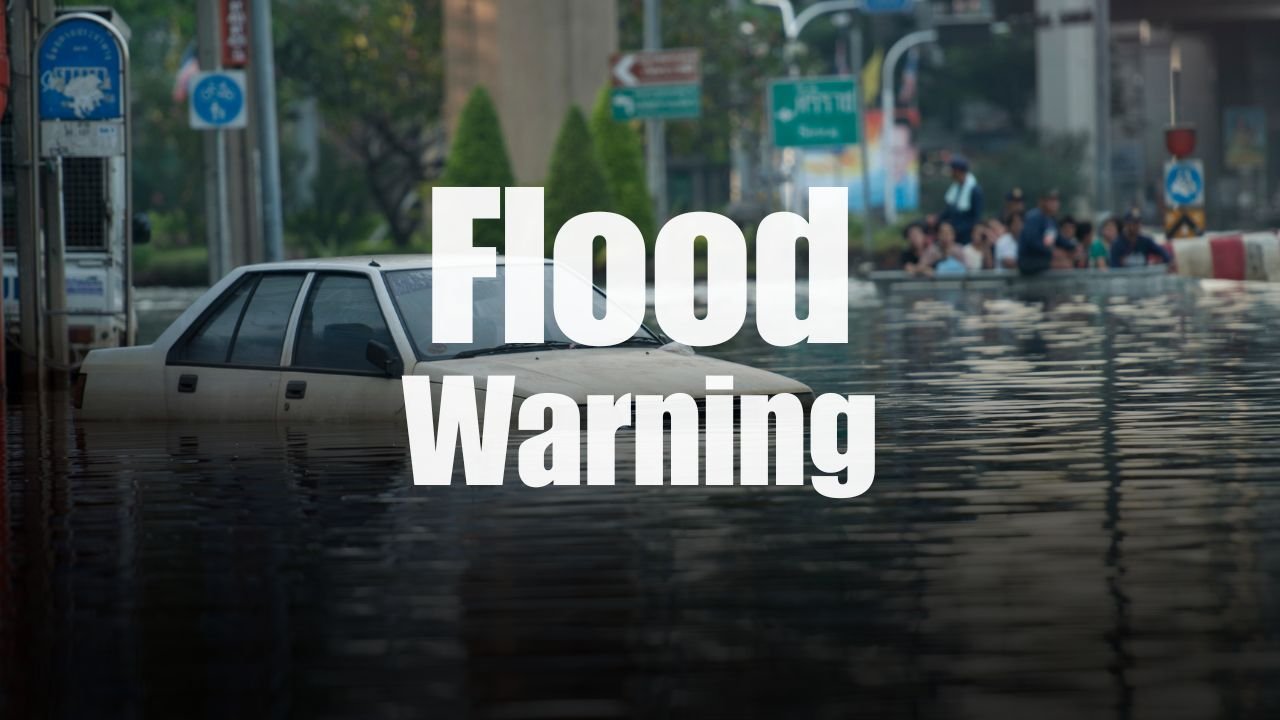Over 100 Dead in Texas Flash Floods: Were There Warnings Before the Disaster?

TEXAS — As the death toll from the July 4 flash floods in central Texas rises to at least 109, including 27 children and counselors from Camp Mystic, questions continue to swirl about whether residents were warned in time — and if anything more could have been done to prevent the catastrophe.
Search and rescue teams have been working nonstop for five days, while state officials confirm that at least 41 people remain missing, many of them campers and staff from flood-stricken areas near the Guadalupe River in Kerr County.
Was There a Flash Flood Warning?
Yes — but it may not have come in time for many who were asleep when the worst flooding hit. The National Weather Service’s Austin office began issuing alerts as early as July 3 at 1:15 p.m., starting with a flash flood watch for Kerr and seven other counties. That was upgraded to a flash flood warning at 1:18 a.m. on July 4, followed by a flash flood emergency for south-central Kerr County at 4:03 a.m.
That final bulletin warned residents in Hunt and surrounding towns:
“This is a PARTICULARLY DANGEROUS SITUATION. SEEK HIGHER GROUND NOW!”
Despite the alerts, officials said many people — especially those sleeping in camps or rural homes — had little to no time to act. The Guadalupe River surged over 26 feet in less than an hour.
Camp Mystic: At the Center of the Tragedy
Camp Mystic for Girls, a private Christian camp in Kerr County, was one of the hardest-hit locations. The camp, which sits directly along the Guadalupe River, lost at least five campers and one counselor, who remain unaccounted for as of Tuesday.
Federal Emergency Management Agency data confirms that the camp’s location falls in a high-risk flood zone, but local officials claim the magnitude of the flood was unprecedented. “We had no reason to believe this was going to be anything like what’s happened here,” said Kerr County Judge Rob Kelly during a press conference.
Could NOAA Budget Cuts Have Delayed Alerts?
As frustrations mount, attention has turned toward staffing shortages and budget constraints at the National Oceanic and Atmospheric Administration (NOAA), which oversees the National Weather Service.
While weather experts like Jeff Masters, co-founder of Weather Underground, say the local office followed all protocols, he also warned that cuts to NOAA could eventually undermine the speed and effectiveness of life-saving alerts.
“We are pushing our luck if we think the cuts at NOAA won’t cause a breakdown in our ability to get people out of harm’s way in the future,” Masters told USA TODAY.
How to Help Flood Victims in Texas
Multiple organizations are now coordinating relief efforts for families who lost homes, loved ones, and stability:
- The American Red Cross is actively supporting search and recovery operations.
- The Community Foundation of the Texas Hill Country has launched a Kerr County Flood Relief Fund to aid victims and first responders.
Donations will go toward housing support, medical aid, counseling, and infrastructure recovery.
Are Flash Flood Alerts Enough?
This tragedy highlights an ongoing dilemma across flood-prone states: Are our early-warning systems enough when natural events strike overnight or outside major population centers? How do we ensure warnings reach everyone in time?
Join the conversation at ChicagoMusicGuide.com and share your thoughts on community readiness and how we can support vulnerable regions.
